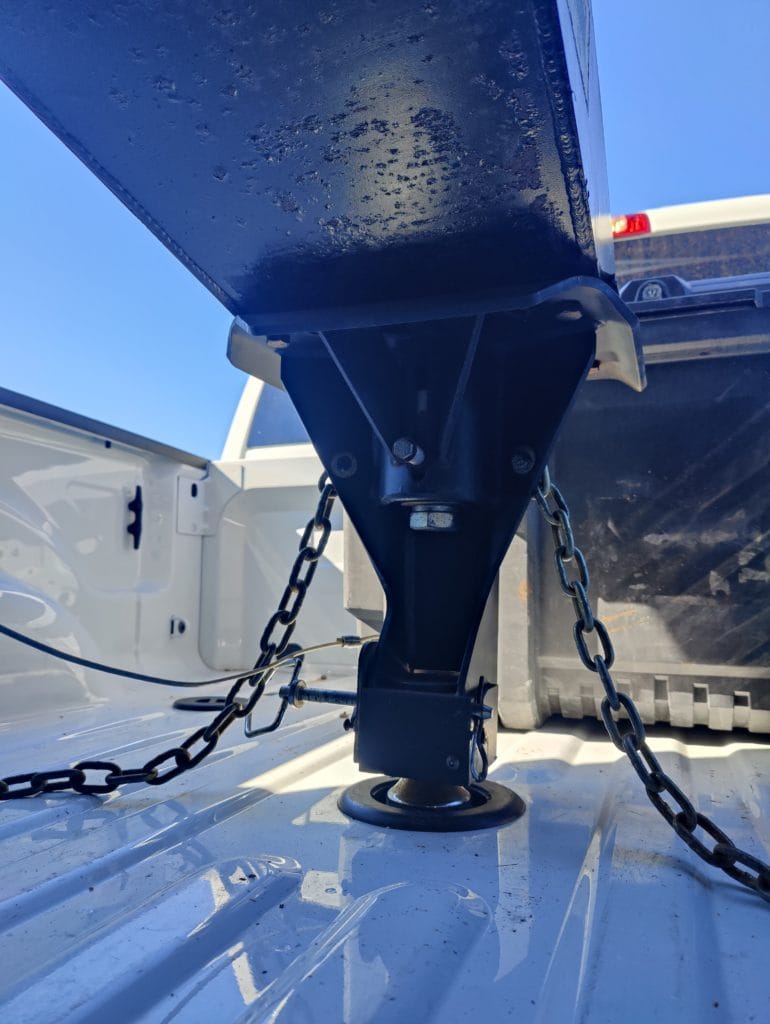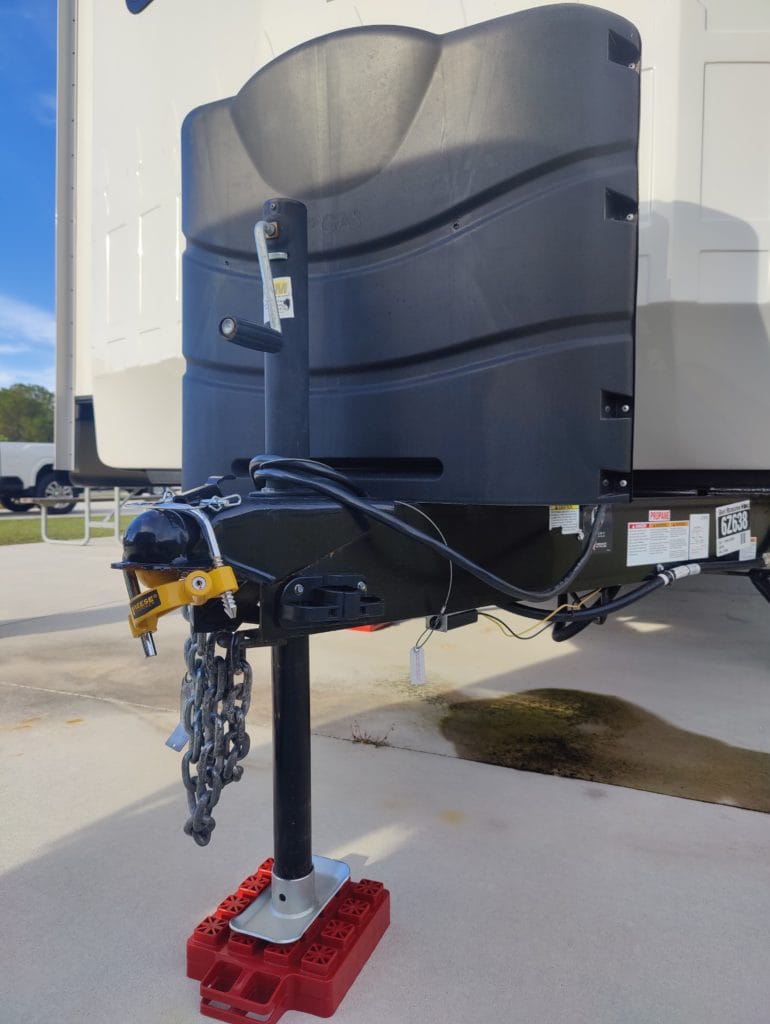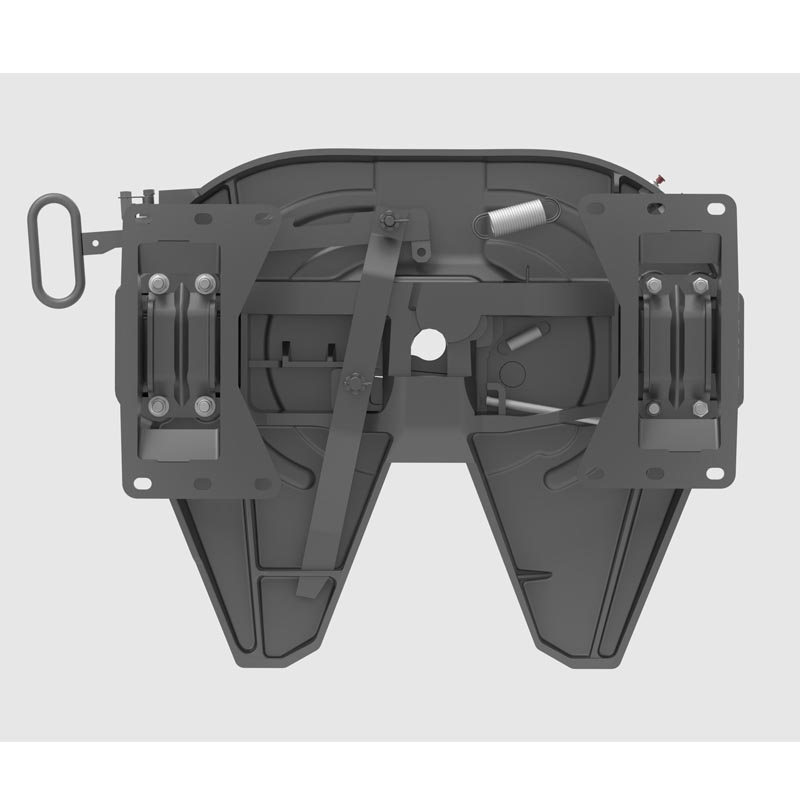
- африкалык
- Албанча
- Амхарча
- Арабча
- Армянча
- азербайжан
- Баскча
- Беларусча
- Бенгалча
- Бошнакча
- Болгарча
- Каталанча
- Себуано
- Кытай
- Кытай (Тайвань)
- Корсикче
- Хорватча
- Чехче
- Датча
- Нидерландча
- Англисче
- Эсперанто
- Эстончо
- Финче
- Франсузча
- фриз
- Галицияча
- Грузинче
- Немисче
- Грекче
- Гужаратиче
- Гаити креол
- Хаусача
- Гавайча
- Еврейче
- Жок
- Miao
- Венгерче
- Исландияча
- игбо
- Индонезияча
- Ирландча
- Итальянча
- Жапончо
- Жанавизче
- Каннадача
- Казакча
- кхмер
- Руанда
- Корейче
- күрд
- Кыргызча
- Эмгек
- Латынча
- Латвияча
- Литвача
- Люксембургча
- Македонияча
- Малгаши
- Малайча
- Малаяламча
- Малтизче
- Маориче
- Маратиче
- Монголчо
- Мьянма
- Непаличе
- Норвежче
- Норвежче
- Occitan
- Пуштунча
- Парсча
- Полякча
- Португалча
- Пунжабиче
- Румынча
- Орусча
- самоа
- Шотландиялык галец
- Сербче
- Англисче
- Shona
- Синдиче
- Sinhala
- Словакча
- Словенияча
- Сомаличе
- Испанча
- сундан
- Свахиличе
- Шведче
- Тагалогчо
- тажик
- Тамилче
- татар
- Телугуча
- Тайча
- Түркчө
- Түркмөнчө
- Украинче
- Урдуча
- уйгур
- Өзбекче
- Вьетнамча
- Валлийче
- Жардам
- Идишче
- Йорубача
апрель . 24, 2024 11:22 Тизмеге кайтуу
RV бешинчи дөңгөлөк бириктиргичти сүйрөө боюнча СИЗДИН КӨРСӨТМӨЧҮ
According to a report by the RV Industry Association, more than 11 million households in the United States now own an RV. And if you are interested in joining the ranks of RV owners—especially if you’re looking to buy a travel trailer or бешинчи дөңгөлөк—it’s important to know exactly what towing an RV will entail.
Here we’ve put together a helpful guide that aims to answer all of your towing questions. This covers everything from choosing the right tow vehicle to understanding towing capacity to knowing the different hitches. Our goal is not only to educate but to help you feel confident and comfortable when pulling an RV behind you.
Жогорку сапаттагы JSK куюу бешинчи дөңгөлөк 37C
ТУУРА ТАРТУУЧУ МАШИНАНЫ ТАНДОО
We highly recommend choosing your RV before buying your tow vehicle. This way you’ll know exactly how much your RV weighs before you figure out how much weight your tow vehicle will need to pull. When figuring out how much your RV weighs, be sure to ask your dealer about both the dry hitch weight (how much the RV weighs when it is empty) and the cargo carrying capacity (the maximum amount of weight you can add to your RV). On average, your RV will weigh 1,500 pounds more once it’s been filled with water, gas and gear.
Once you know your RV’s total weight, then you can look to find a tow vehicle that matches it. If possible, opt to have a tow package added to your RV so you can maximize your towing capacity. If you already have a vehicle that you plan to use to tow your RV, make sure you buy an RV that doesn’t exceed the weight limit that your current vehicle can pull. This is where you’ll need to understand your vehicle’s towing capacity.
ТАРТУУ КУБАТТУУЛУГУ
Towing capacity is the maximum amount of weight your vehicle can tow when pulling your RV. This number lets you know exactly how heavy your trailer can be. If you don’t know your towing capacity and try to pull a trailer that is too heavy, you could end up in a very dangerous situation so it’s vital to know your tow vehicle’s limits.
To determine maximum towing capacity, you’ll need to find out the vehicle manufacturer's weight ratings and compare them to the weight of your RV. You can usually find your vehicle’s weight rating on the inside of the driver door or in the owner’s manual. If the vehicle's ratings are higher than the total weight of the RV, then the RV is safe to tow.
Another good number to know is the Gross Combined Weight Rating (GCWR). This number is established by the vehicle’s manufacturer and represents the maximum weight the vehicle can handle with an RV attached. The GCWR takes into consideration the weight of the vehicle’s axles, wheels, suspension system, and frame, as well as the weight of the RV. You can also find the GCWR in your owner’s manual, or you can call your dealer or vehicle manufacturer and give them your VIN number and they should be able to tell you the specific GCWR.
ИШТЕКТЕР
In addition to towing capacity, you’ll also need to understand the different types of RV hitches. Whatever hitch you choose is heavily dependent on the type of RV you purchase, so we’ve listed three basic hitch types and their corresponding RV types here.
БЕШИНЧИ ДӨҢГӨЛГӨ ИЛТИП:
This hitch is specifically used for towing fifth wheels. It is installed inside the bed of a truck and sits above the bed of the trailer. The trailer then attaches to the truck with a kingpin mechanism. These hitches are able to handle a lot of weight (anywhere from 16,000 to 30,000 pounds) due to the fact that the fifth wheel’s weight is pressing down directly over the rear axle of the truck.
КАЗ ЖАЙЫ:
Бул бешинчи дөңгөлөк үчүн дагы бир илгич варианты, бирок kingpin эмес, бул илгич системасы топту жана бириктиргичти колдонот. Кээ бир адамдар жүк ташуучу унаанын керебетинде аз орунду ээлегендиктен жана бешинчи дөңгөлөккө (30 000 фунт) караганда көбүрөөк салмакты тарта алгандыктан, каз мойну илгичтерин жакшы көрүшөт. Чоң оюнчук ташыгычтар сыяктуу оор бешинчи дөңгөлөктөр үчүн каз мойну жакшы.

Жүк ташуучу унаанын керебетине илинип турган топ жана бириктиргич механизмди колдонгон каз мойнуна илгичтин жакынкы планы.
САЛМАКТЫН БӨЛҮШҮНДӨГҮ БӨЛҮШҮ:
Бул чиркегич системасы көбүнчө оор туристтик чиркегичтер үчүн колдонулат (15 000 фунтка чейин) жана максималдуу кубаттуулукту тартууга мүмкүндүк берет. Прицептин бардык салмагы сүйрөөчү унаанын арткы жагында турган стандарттуу бампер чиркегичинен айырмаланып, салмак бөлүштүргүч тилдин салмагын бардык окторго таратат. Айдоо учурунда термелүүнү азайтууга жардам берүү үчүн бул илгичти тебүүнү башкаруу блогу менен да колдонсоңуз болот.
СТАНДАРТЫ БАМПЕР ИЛТИГИ:
Ошондой эле, салмак көтөрүүчү же салмакты бөлүштүрүүчү чиркегич деп аталат, бул чиркегич системасы негизинен кичирээк саякат чиркегичи (3500 фунт) үчүн колдонулат. Каз моюн илгич сыяктуу, бул система да чиркегичтин салмагын түз сүйрөөчү унааңыздын бамперине түшүрүү менен топту жана бириктиргичти колдонот. Стандарттык бампердин эки негизги стили бар: а белгиленген тартма тилке, бул жерде шар платформасы илгичке биротоло бекитилет; жана а алынуучу тартма тилке, бул жерде топ аянтчасын алып жана чечүүгө болот.

Көбүнчө стандарттуу бампер деп аталган, сүйрөөчү унаадан ажыратылган жана тегиздөөчү блоктор менен жабдылган саякат чиркегичи.
RV ТАРТКАНДА АЙДУУНУН НЕГИЗГИ
Эми сиз салмакты кантип туташтыруу жана башкарууну жакшыраак түшүндүңүз, бул жерде сүйрөлүүчү RV айдоо боюнча бир нече тез кеңештер.
When towing an RV, keep in mind that you have a lot of extra weight and it’s much harder to slow down. Plus, half the joy of RVing is in the journey so enjoy the drive and focus on getting to your destination safely rather than quickly.
Make sure you maintain some extra distance between you and the car in front of you. It’s much harder to stop quickly with all of the extra weight behind you.
Трейлер менен айлануунун ачкычы - аны жай жана кенен алып кетүү. Сиз RV жолду сүзбөстөн артынан ээрчий тургандай орун калтырышыңыз керек. Жана трейлер канчалык узун болсо, ошончолук кененирээк бурулушка туура келерин унутпаңыз.
A good tip for reversing is to put your hand at the bottom of your steering wheel—this way your RV will move in the same direction as your hand. If you move your hand to the left, the rear end of the trailer will go left. If you move your hand to the right, the rear end will go right. Take your time and don’t exaggerate any of your turning motions. Quick turns while reversing can cause your travel trailer to jackknife and damage both your RV and your tow vehicle.
When reversing with a fifth wheel, use the same steering wheel tip as a travel trailer—place a hand at the bottom of the steering wheel and move the steering wheel in the direction that you want the fifth wheel to turn. If you’re backing into a spot, try to angle the fifth wheel away from the driver’s side to keep your visibility clear. We also highly recommend using a spotter any time you reverse a fifth wheel. Have a pair of walkie talkies handy so the spotter can clearly communicate with the driver and help direct. A back-up camera is also helpful and can easily be installed if your fifth wheel doesn’t already have one.
RV дилериңизге СУРООЛОР
- If you already have a tow vehicle, your first question for the dealer should be if your vehicle can actually handle the RV you are considering. Be clear about your tow vehicle's weight ratings and GCWR. Ideally, your dealer should show you different RV models that will put you below your vehicle’s towing capacity to give you some extra flexibility and assurance.
- Экинчиден, дилериңиз кандайдыр бир кошумча же атайын тосмолор менен камсыз кылганын текшериңиз. Эгер алар жасаса, орнотуу акысы бар-жогун жана орнотуу канча убакытка созуларын сураңыз.
- Андан кийин, дилериңиз RVди сүйрөөчү унааңызга туташтырууга даярбы деп сураңыз. Мына ушундай жол менен сиз муну кантип жасоону үйрөнө аласыз жана бурулуш сигналдары менен тормоз чырактарыңыз RV менен туура жупташканына ынана аласыз.
- Акырында, дилериңизден трейлердин салмагы тууралуу маалымат стикери кайда жайгашканын көрсөтүүсүн сураныңыз. Бул чаптамада үч сан болушу керек: Автоунаанын жалпы салмагынын рейтинги (GVWR), бул сиздин RV толугу менен жүктөлгөндө боло турган максималдуу салмак; Жүгүрбөгөн унаанын салмагы (UVW), бул түз өндүрүүчүдөн RV салмагы; жана дүң октун салмагынын рейтинги (GAWR), бул унаанын огуна жайгаштырыла турган максималдуу салмак.
Биздин үмүт бул колдонмо сизге RV сүйрөөдө ишенимдүү сезүүгө жардам берет. Эгер сиз туура маалымат менен куралдансаңыз жана кандай суроолорду берүүнү билсеңиз, идеалдуу трейлерди табуу сиз ойлогондон да оңой. Мындан тышкары, үйүңүз менен бирге сейилдөөдөн артык эч нерсе жок.
-
jost-fifth-wheel-weight-capacity-explained
ЖаңылыктарAug.23,2025
-
preventing-rust-on-fifth-wheel-plates-for-semi-trucks
ЖаңылыктарAug.23,2025
-
light-weight-fifth-wheel-tire-care-guide
ЖаңылыктарAug.23,2025
-
why-off-road-trailers-need-a-heavy-duty-fifth-wheel
ЖаңылыктарAug.23,2025
-
step-by-step-guide-to-lubricating-holland-5th-wheel-parts
ЖаңылыктарAug.23,2025
-
how-jost-fifth-wheels-enhance-trailer-stability
ЖаңылыктарAug.23,2025
